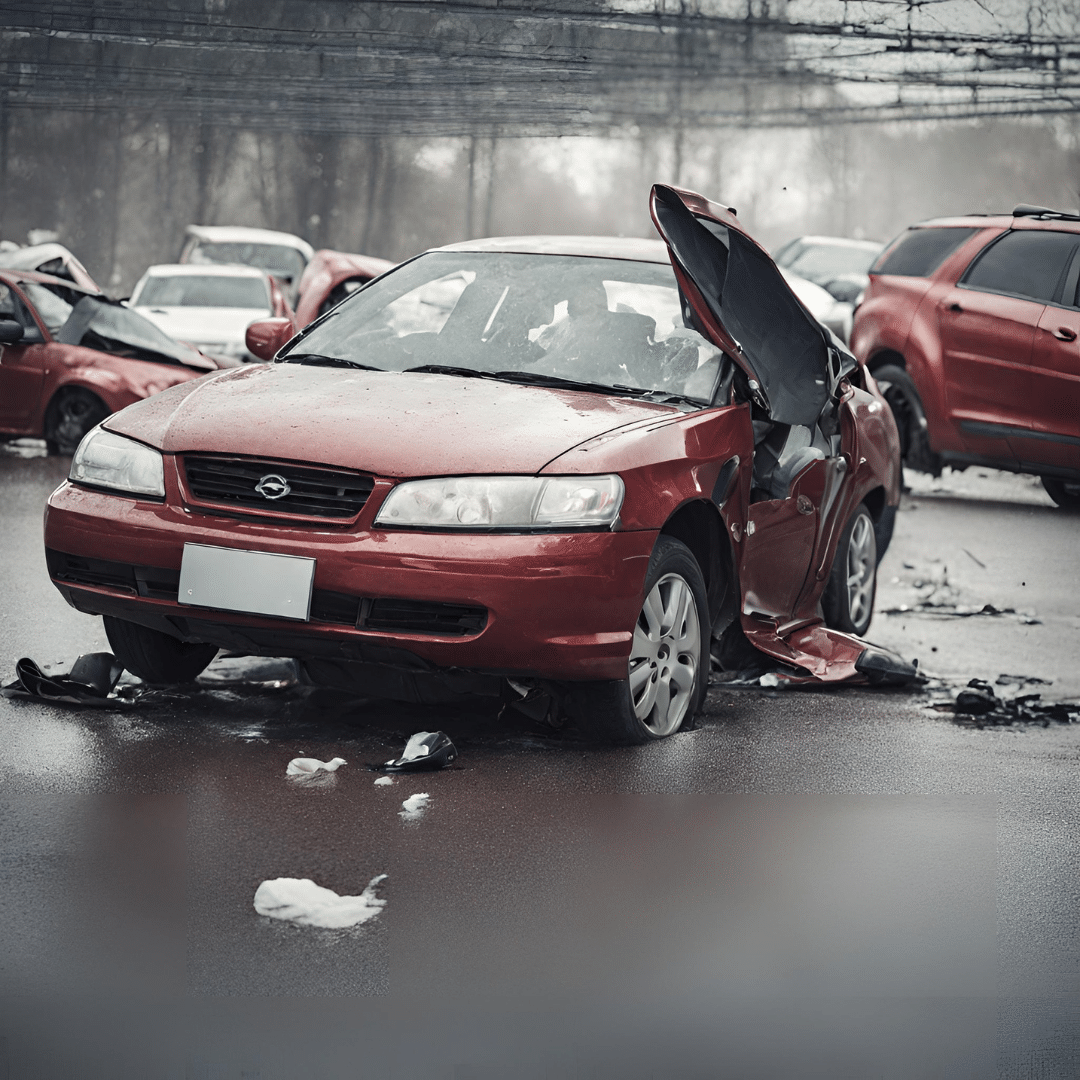Table of Contents
When a car accident happens, it always leads to confusion in the aftermath. You’ll have property damage and may be left with serious injuries. Who pays for these costs? Simply put, it will be the person or entity deemed at fault for the accident.
If someone rear-ended you while you were stopped at a red light, it’s obvious who is to blame. However, in some auto accidents, it may not be clear who the at-fault party is until an investigation is conducted.
There may be more than one at-fault party that will be held responsible for your financial damages. You may even be blamed as well. It’s important to examine all the factors for finding fault in an accident to know what to expect.
How Fault and Negligence Are Determined in Illinois
The person who caused the auto accident is generally the one who is at fault. While this is often another driver, there are situations where a third party such as the car manufacturer, mechanic, or even a government entity responsible for maintaining safe roads could share fault through negligence.
As the injured person, you will need to show that the other party was negligent in their actions. This requires proving they owed you a duty of care and that this duty was breached. Furthermore, during this breach of duty, they caused the accident that led to your injuries and financial losses.
This becomes further complicated in Illinois due to the state’s comparative negligence rules, which may mean you are partially blamed for the crash.
Understanding How Comparative Negligence Applies in Illinois
Modified comparative negligence is the model that Illinois uses when determining how much fault someone has in a car accident. The rules of the road will be examined to decide if you can still collect compensation.
While it may seem cut and dry in the example above of being rear-ended while at a red light, other situations may mean you could share the fault. Perhaps you were going over the speed limit at the time of the crash, even just by a little bit. Your share of fault may be assigned at 20%, which would reduce your awarded damages accordingly.
In a lawsuit to recover all your financial losses, you do not want to be assigned blame that you do not deserve. The defendant’s insurer will try to increase your level of fault to show you are over 50% to blame to avoid having a payout for your injuries.
If you work with an attorney, this will be much less likely. You’ll have someone to advocate for you and your legal rights, someone who knows how to present evidence to keep them from chipping away at your compensation.
How Evidence Proves Liability in Car Accident Cases
When determining who is at fault, the evidence is crucial. This is why you are always urged to take photos and videos after an accident. You’ll want to capture all the angles of the vehicles to show what happened.
The type of accident may be a factor, too. In a rear-end collision, showing that your vehicle was in front of the vehicle that hit you is important for proving the other driver was at fault. A sideswipe accident will have marks on the side while a crash that involved a turn should show the roadway signs to prove you had the right of way.
The police report and witness statements are also helpful pieces of evidence. In multi-vehicle crashes, in particular, it helps to have expert witness testimony to show through accident reconstruction who caused the accident. It’s also beneficial to have a medical expert testify about the degree of your injuries and your expected recovery.
Getting Help with Proving Fault in a Car Accident
Car accidents are stressful situations. When you’re trying to navigate the legal process to make your claim, it adds to the stress. If your injuries are serious, it is hard to follow doctors’ orders for your recovery when you are trying to prove all this on your own.
This is why many accident victims work with a personal injury attorney. A lawyer can take over gathering the evidence and conducting a complete investigation. Attorneys have access to more resources, which means they can get surveillance footage from traffic cameras or nearby businesses. They also have the skills to negotiate while keeping your best interests front and center.


